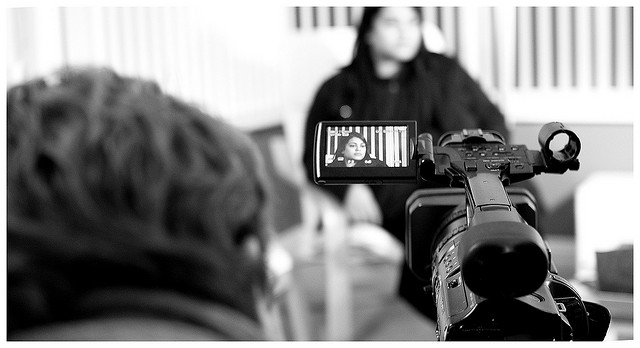Real-time video is making an impact, but video doesn't have to be live to make claims processing more efficient and satisfying to customers.
There are lots of great technologies and innovative products being developed that can help redefine the future of the claims process. Most recently, real-time video has been taking its place among industry disrupters such as drones, the Internet of Things and telemetries.
We’ve seen Esurance, USAA and Erie Insurance adopting various video technologies. Yet, the use of video is still very narrow, focusing on real-time applications. In fact, there are three types of video capabilities, not just one, that can deliver a powerful opportunity to redefine the claims process.
Live or Real-time Video Streaming With the Insured
Live video streaming and video collaboration is one of the most critical pieces in being able to acquire a quick visual of the claim from the hands of the policyholder at first notice of loss (FNOL) or in any subsequent conversation. This technology has proven to drive significant efficiency savings by accelerating the collection of claim information, improving triage and even being able to estimate and settle claims remotely.
The largest impact of real-time video on the claims process is made by enabling quick resolution of small claims. Each organization defines its own thresholds for what defines a small claim, but typically any claim above a certain threshold will still trigger a traditional field loss inspection.
Yet, the insureds who are communicating from an area of poor connectivity or insureds who may not be comfortable using the video streaming technology to settle their claims will still require a field inspection. This is where there is an opportunity to apply video in another way to help streamline the field inspection process.
Field Video Claim Documentation
Unlike live video interaction, which is designed to help an inside claims professional see a transmission of what the policyholder is pointing at with a mobile device's camera, video documentation focuses on a different problem – how to improve the field documentation process and accelerate the collection, delivery and preparation of the claim report.
A deeper look into the field operations shows that a field claims professional is overloaded with many responsibilities - traveling to the loss location, documenting the loss with pictures and preparing a report. With multiple assignments back to back, it becomes an almost impossible task to document and prepare a report one claim at a time. Instead, many claims are inspected with pictures and notes quickly taken on-site, and all the reports are prepared together once every day, every two days or even once a week. This approach delays the delivery of timely field information and hence delays getting the claims to closure.
Claim cycle time is critical in ensuring high quality of customer satisfaction. Video claim documentation breaks up the claims handling process in two. It allows field claim professionals to focus on getting to the customer and conducting quality on-site inspections. Meanwhile, the inside claim teams can focus on processing the claim as soon as video content is delivered. To enable this process, the field claims professionals simply document the claim in video rather than pictures, speaking freely as they capture the video of the claim. Think of it as “visual voicemail” for claims.
You may think that is nothing new. Everyone can take videos using smartphones. The challenge, however, is not whether video can be captured. The challenge is how the video content can be delivered into the business in a uniform and timely business process. This is where the right technological solution is needed to provide the means for field claims professionals to conveniently capture video in the field and deliver it to the inside teams. This means providing support for handling large video files, synchronizing video content, alerting about the arrival of new information and being able to support well-connected, low-bandwidth and “offline,” unconnected environments.
What if the customer has already captured the claim on video? This scenario identifies the next workflow – customer self-service.
Customer Self-Service Videos
Studies found that customers who participate in self-service during an issue that is well-handled experience higher rates of satisfaction. They feel that they have been a direct, significant contributor to the positive resolution. Hence, allowing the customer to deliver video claim information to the insurance company is a big opportunity to increase customer satisfaction.
Most customers capture loss information. Some take pictures. Others prefer to take video. Yet, most organizations do not have a convenient way to acquire large files from the customer. Typically, pictures are acceptable as long as they can be sent over email or uploaded online or through a mobile app. Acquiring a large video file from the customer frequently encounters technical limitations and requires a different approach.
To address customer self-service demands, it is important to account for two types of scenarios. First, imagine the customer calling to report the claim for the first time, before having recorded any visual information. In this scenario, the customer is instructed how to most effectively record the data and how to make the video available to the claims handling team. The second scenario provides the insured an ability to conveniently upload video of the claim to the organization after it has already been captured.
Takeaway
There are numerous additional workflows that can benefit from applying video capabilities, like underwriting, supplemental claims and contractor quality review. The key is that the right technological platform needs to be able to support all three key video workflows to cover the main scenarios that are encountered in the claims process. This includes not just providing the mobile technology to help capture or deliver videos to the inside claims teams, but also a convenient way for the inside claim handlers to receive, access and review the video content to complete the reports and settle the claims.


